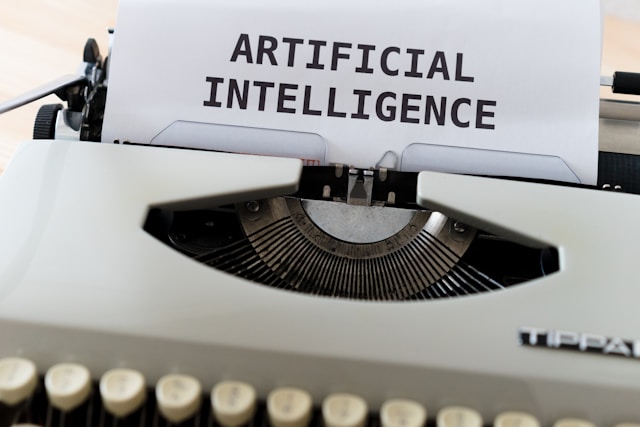Welcome to the fascinating world of Artificial Intelligence, or AI! Imagine a realm where machines can learn, reason, and make decisions just like humans. That’s the essence of AI—enabling computers to perform tasks that typically require human intelligence. These tasks include understanding language, recognizing faces, making predictions, and even playing games. AI accomplishes these with remarkable accuracy and efficiency.
AI is already pervasive in our lives, from voice assistants like Siri and Alexa to recommendation systems on platforms like Netflix and Spotify. As AI technology advances, it promises to transform industries, improve our daily lives, and possibly reshape our understanding of intelligence.
There are different types of AI, including Generative AI and Conversational AI. Generative AI is a type of artificial intelligence that creates new content or data based on patterns learned from existing information. By analyzing large datasets of text, images, or music, it can generate new content that resembles the original data. For example, imagine a magical writing robot that has read thousands of stories. You give it a starting sentence like “Once upon a time, there was a friendly dragon,” and the robot continues the story, producing sentences that sound like part of a real fairy tale.
Conversational AI, on the other hand, has a different purpose and employs different techniques. It focuses on understanding and responding to human language in conversations, commonly seen in chatbots and virtual assistants. Conversational AI interprets human language input, determines its meaning, and generates appropriate responses or actions. For example, if a customer seeks help through an online chat powered by Conversational AI at midnight, the system can provide prompt and efficient assistance, simulating a real human interaction.
A practical application of Conversational AI in the industry is CleanDesk AI, a multilingual conversational AI automation platform that leverages generative AI. CleanDesk AI automates 70-80% of customer inquiries, requests, complaints, and employee tasks, benefiting both customers and teams. Its products are designed to automate critical business processes such as lead generation, sales management, customer support, customer engagement, marketing, and advanced data analytics. The platform’s scope and benefits are extensive, applicable across various industries.
Conversational AI is often designed to sound as human-like as possible, especially in terms of natural language understanding and response generation. This human-like interaction enhances user engagement and satisfaction. While both Conversational AI and Generative AI have unique capabilities and applications, neither is inherently superior to the other. Instead, they complement each other and can be used together or separately, depending on the task at hand.






Leave a Reply